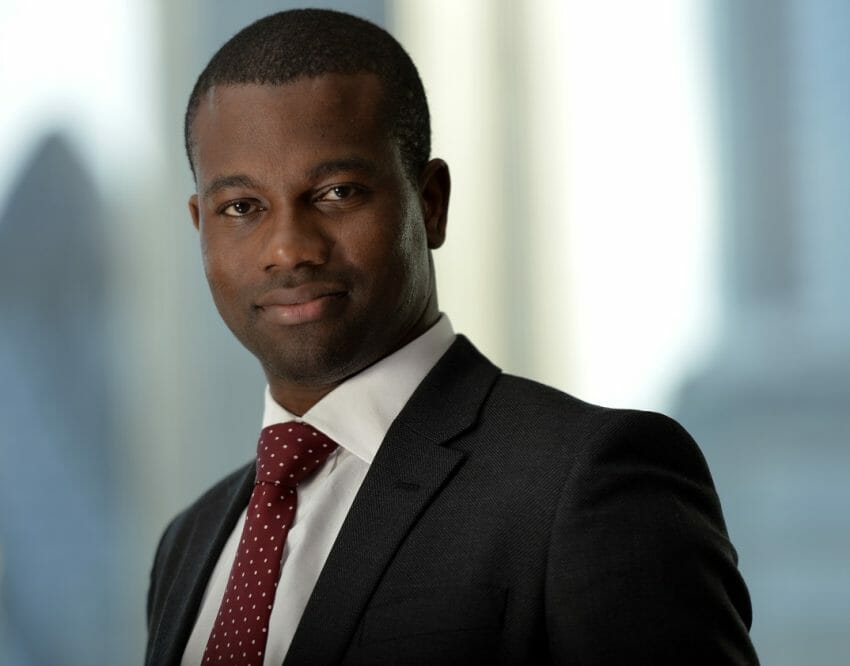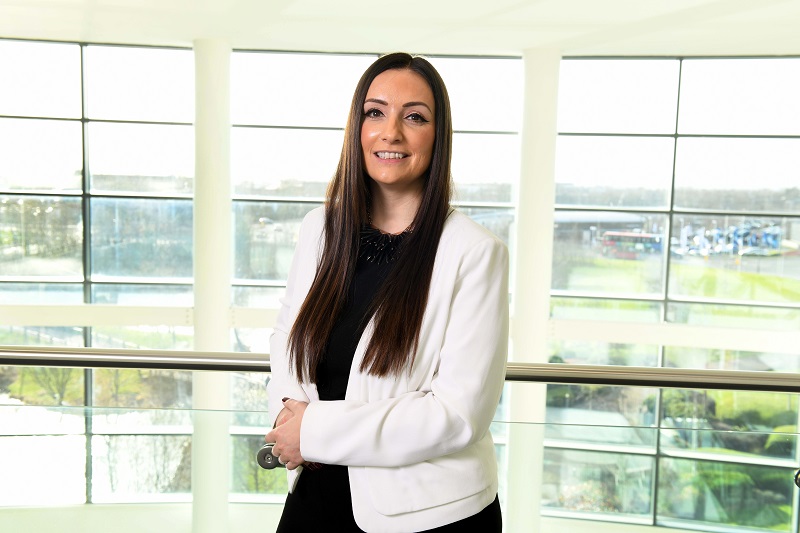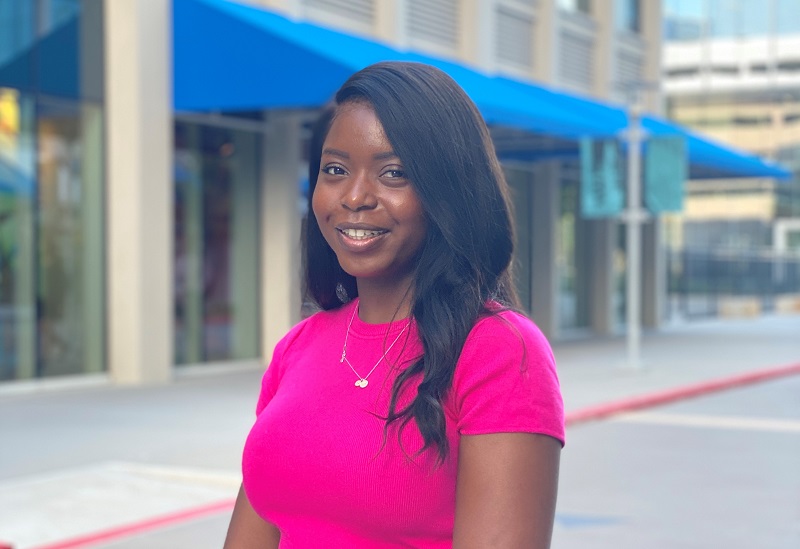In the first of two interviews, Justin Onuekwusi, talks about how improving diversity can be better for business, especially in the investment industry.
When Justin Onuekwusi, a multi-asset fund manager at Legal & General Investment Management (LGIM), was looking at diversity data for the industry he was surprised to discover that only 12 fund managers were black.
Justin, an Investing in Ethnicity BAME Future Leader 2018 winner, has championed diversity throughout his career. He currently co-chairs LGIM’s Investment Diversity Working Group and sits on the L&G Diversity and Inclusion Steering Committee at group level. He is also involved with the industry-wide Diversity Project’s Ethnicity Workstream, is an advisory board member of City Hive. Justin is on the Empower Future Leaders list 2018.
“I’ve always sat on different diversity networks and groups, whether at Aon Consulting when I first started or whether at Merrill Lynch,” he explains. But once it dawned on me that there were only 12 black lead fund managers across the whole of the UK, it dawned on me that I had to be a role model for people wanting to get into the industry and, importantly, help to actually address the challenges that people are facing in their progression.”
He cites the example of a black woman he knows who was working at another asset management company and had ambitions to move into investment. With an economics degree and a passion for investing, she would, one might expect, have a good chance of achieving her aim.
“She said that, even if a job became available, she wouldn’t apply for it because nobody on the investment floor looks or sounds like her,” Justin recalls. “If people are put off from even applying, what chance have we got?”
The importance of role models
This was not an isolated incident, as Justin discovered when speaking to various people in the industry. It made him realise how important it was to have role models.
For him, a role model is someone who has similar characteristics, whether in the way they talk, background, gender, skin colour or sexuality. That person should lead by example and be someone that others want to emulate.
Along with his hardworking co-chair Tamara Burnell part of the work of the LGIM Investment Diversity Working Group, has aimed to spearhead change in five key areas on the investment floor: recruitment and retention, culture/cognitive diversity, agile working, barriers to diversity and inclusion and understanding the business risks stemming from a lack of diversity.
These initiatives began two years ago and have picked up the pace in the last year. But, while LGIM is working hard to address diversity issues, Justin believes that the industry generally needs to be fairer.
>See also: The importance of role models for diversity at your workplace
Diversity makes good business sense
He argues that having a wide range of representative diversity will lead to greater cognitive diversity. This means a better and different way of thinking and would avoid what he describes as “group think” which is a big challenge in investments. In other words, if a group of people all think in a similar way, they will all make the same mistakes.
Justin maintains that while we can pick holes in some of the studies in this area, the evidence now overwhelmingly points to diverse teams delivering better results. “I think people are starting to open their eyes to the power of cognitive diversity and allowing or having different views around the table,” says Justin.
“From an investment perspective, having different cultures, different backgrounds, different ways of thinking, leads to better investment decisions.”
> See also: Agility through diversity
Talk About Black
As part of his work with the Ethnicity Workstream of the Diversity Project, Justin is involved with the #talkaboutblack campaign. This is made up from a number of senior black people from the asset management industry as well as non-black allies. He explains that one of the biggest challenges is getting people to talk about ethnicity. While great strides have been made towards gender equality and getting women into the boardroom, with ethnicity, people didn’t know where to start.
Also, there’s a lack of data on ethnicity as many choose not to declare their background on job applications. When the workstream members first got together, there was a reluctance to get the conversation flowing.
Now the campaign has really taken off, with videos, podcasts and a social media presence. As a result, Justin along with other workstream members are being asked to talk to different companies about how to address the issue.
He has seen signs that things are changing for the better. “For about 10 years I was the only black person at conferences,” says Justin. “Now it’s changing.”
But measuring change, beyond gender and age, is difficult due to the lack of trend data which shows who’s coming into and leaving the industry and whether they are being promoted at the same time as others. Justin hopes that the BITC Race at Work charter and Prime Minister Theresa May’s highlighting of the ethnicity pay gap should help to address this.
Justin revealed that collecting trend data for LGBT people was proving harder due to individual reluctance to reveal that they are. Also, while data is captured for those with disabilities, it’s difficult to measure trends because it would involve tracking them, which would potentially contravene data protection.
Bull market not here to stay
As the drive towards more diversity picks up speed, there have been murmurings among some that this is a bull market phenomenon. But Justin is quick to answer: “As society becomes more diverse, especially within the younger generation, then as a company you have to think about the culture that you have to make these people feel included – otherwise you are going to lose talent. If it looks like an industry that’s just for white middle-classed men, others will just go somewhere else.”
Finally, Justin may be a role model for others, but who inspired him? He is an admirer of Karen Blackett OBE for her work at WPP and beyond, but his number one role model is his mum who, as a single parent, worked hard to provide for Justin and his brother. “So, if anyone’s an inspiration to me, it’s her.”









